 Managing Director, Steven Agran, looks ahead at what’s in store for the transportation sector in 2018.
Managing Director, Steven Agran, looks ahead at what’s in store for the transportation sector in 2018.
Q1. What key challenges lay ahead for US transportation manufacturers and service providers in 2018?
After a lackluster beginning for the year, truck sales and freight volume have exceeded 2016 levels and are in position to experience another strong year in 2018. Volume is always a great equalizer in the industry and tonnage was up 10% in October.
With that robust outlook, there are obstacles for 2018 and requirements as the trucking industry begins a dynamic change for the future. The biggest issues addressing the trucking sector will be the need for drivers and the industry’s adaptation to a direct to home delivery model.
Currently, there is a 50,000 driver shortage in the industry. This number is expected to grow to 175,000 by 2024. The advent of automated driving may be the solution, but even with automated driving, the next 3-5 years will be challenging as companies will most likely experience wage inflation.
With e-commerce now representing 10% of all retail sales, the direct to home transportation sector will continue to grow. This is a changing dynamic requiring a different supply chain solution. The Truckload carriers will need to adapt to this changing landscape.
Q2. In brief, what are the 2-3 key drivers impacting the transportation sector, and what are we seeing as a result? Is there optimism that the transportation sector can revive itself?
There is extensive investment in autonomous trucking. If companies are not preparing for this change, they will be left behind. The timeline for autonomous driving continues to decrease and the reality is that autonomous trucking will be available within 5 years. It will take time for companies to be ready to implement this seismic shift in distribution.
Electronic Logging Devices are required as of December 18, 2017. The electronic logging will replace the paper logbooks previously used to track Hours of Service. There will be an adjustment period, but most larger transportation companies have already implemented this requirement.
The economy drives transportation. As long as the economy stays strong and fuel prices remain low, the outlook will be strong and we can expect positive results. Given the strength of the economy during 2017, 2018 is expected to continue the growth trend.
Q3. What does the future hold in store for transportation?
The future will continue to see innovation. Adapting to an e-commerce world as well as an autonomous trucking world will present both challenges and opportunities in the industry. Capital expenditures will be extensive to prepare for a distribution world that doesn’t require drivers on long haul routes. Additionally, the e-commerce sector, requires many more small deliveries to locales rather than the traditional retail world.
Finally, re-negotiation of NAFTA will present a new set of rules that at this point are unknown. Keeping nimble and adapting to the changing environment will be a necessity.
